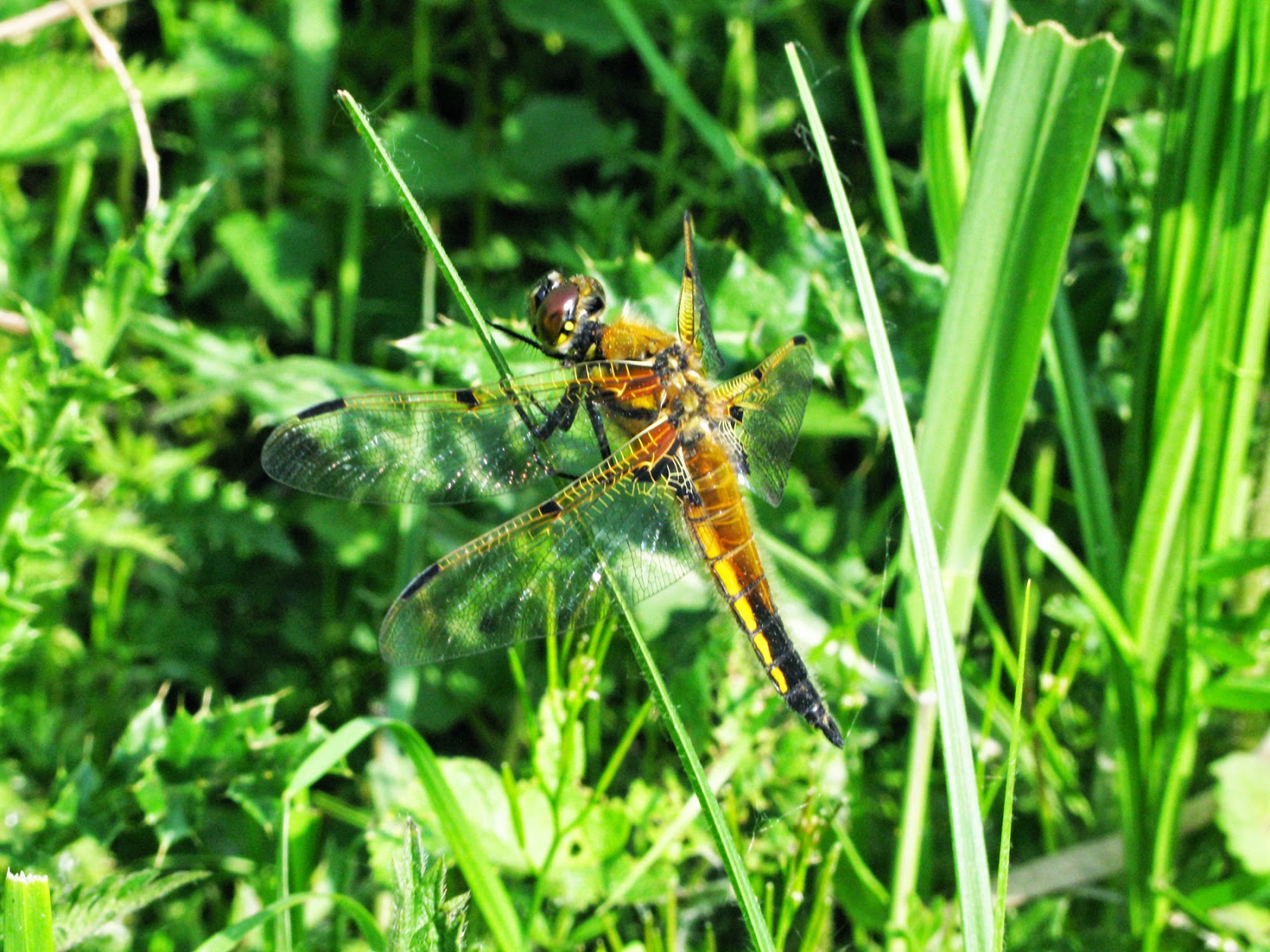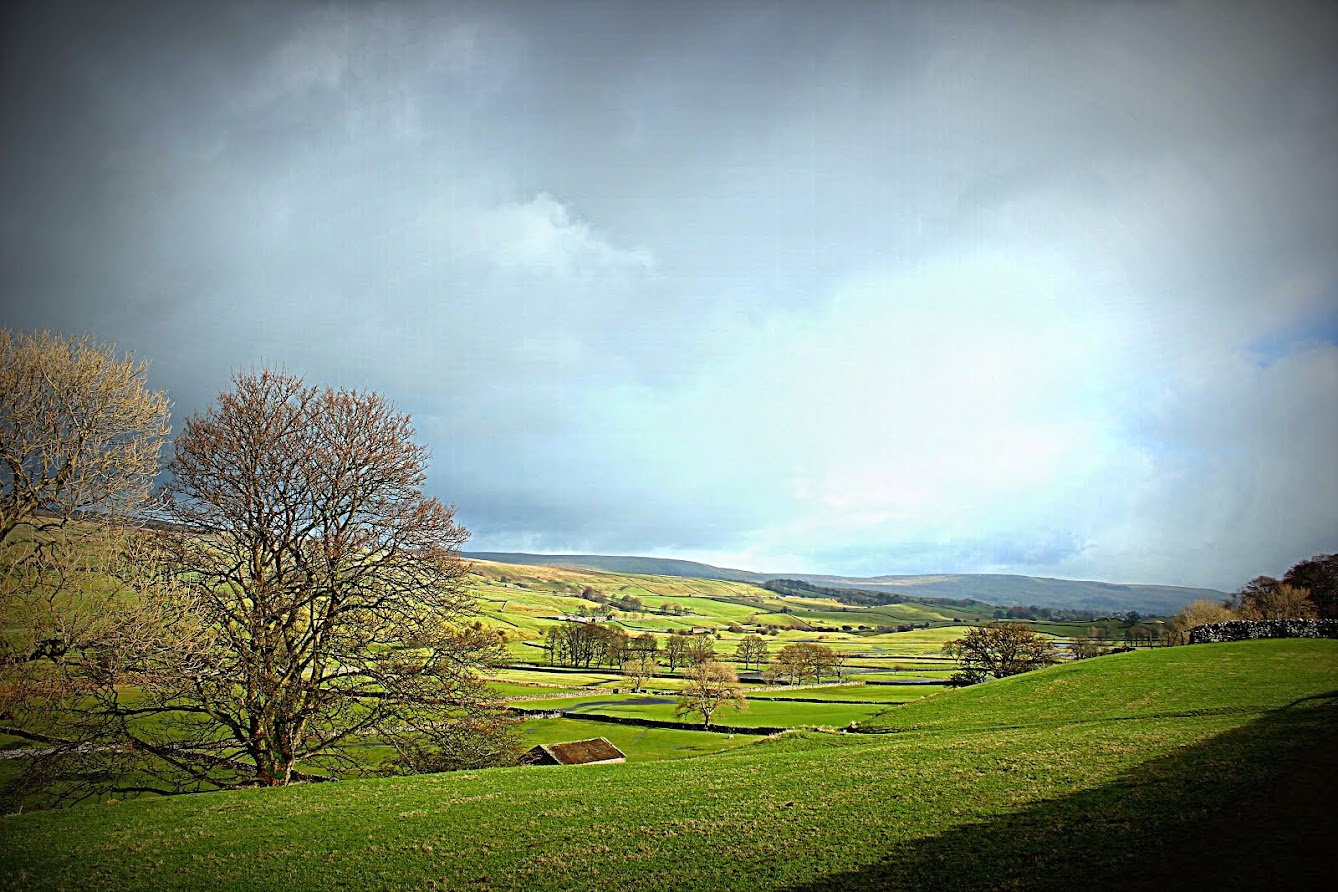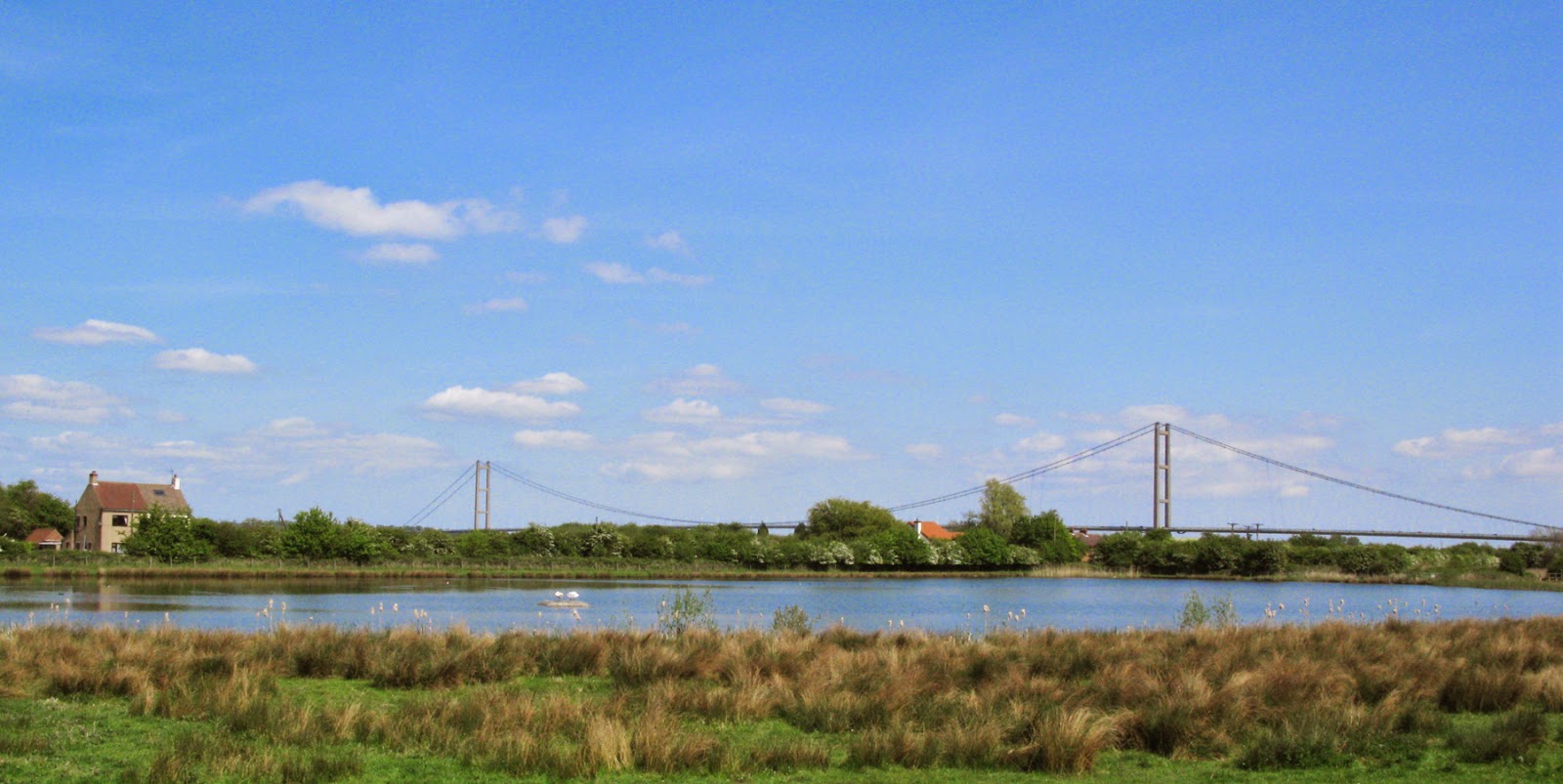As the title suggests i was hoping for a big count of Odonata on my visit to the Sand Quarries today and didn't fair too badly with the most Hairy's recorded this year with 20 individuals being seen.It is hard to gauge how many are on the reserve on some occasions due to weather and the fact that they are using so many parts of the reserve now which are not accessible,but it is good news they are still sustaining their population at this inland site.Other numbers and species encountered today included the ever growing population of Azure's with a respectable count of 710 and 402 Common-blue Damselfly,225 Blue-tailed Damselfly,4 Red-eyed Damselfly,a single Large-red and last but not least 2 Four-spot Chaser.The latter were my 'First' records for the year of this common,but lovely dragonfly.Todays sightings also included several 'Syrph's' with a new species for myself in the form of Cheilosia illustrata and 'First' sightings of the year for 2 Volucella species,Bombylans and Pellucens and a single Myathropa florea.Other species seen of this large family of diptera included Parhelophilus fruitetorum/versicolor,Helophilus pendulus,Leucozona leucorum,Eristalis nemorum and Epistrophe elegans.Lepidoptera also put on a good showing with the highlights being two cracking moths,the lovely Pyrausta aurata and a Campion which was found roosting on a bench next to where we were photographing a male Common Lizard.Bird wise,nothing out of the unusual was seen apart from 2 Crossbill in the plantation.After visiting this reserve for the best part of 27 years,today i recorded my first deer species,with a single Muntjac being flushed from thick vegetation near the car park.I have seen this species in many different habitats from Coastal Buckthorn scrub to Mature Woodland,what a widespread and adaptable species it is.Another fine visit to this cracking little reserve.
 |
| Hoverfly sp. Cheilosia illustrata |
 |
| Wasp Beetle. |
 |
| Immature male Red-eyed Damselfly. |
 |
| Campion. |
 |
| Micro Moth sp. Pyrausta aurata. |
 |
| Male Common Lizard. |
 |
| Larval case of Micro Moth sp. Psyche casta. |
 |
| Male Brimstone. |
 |
| Four-spot Chaser. |

















































